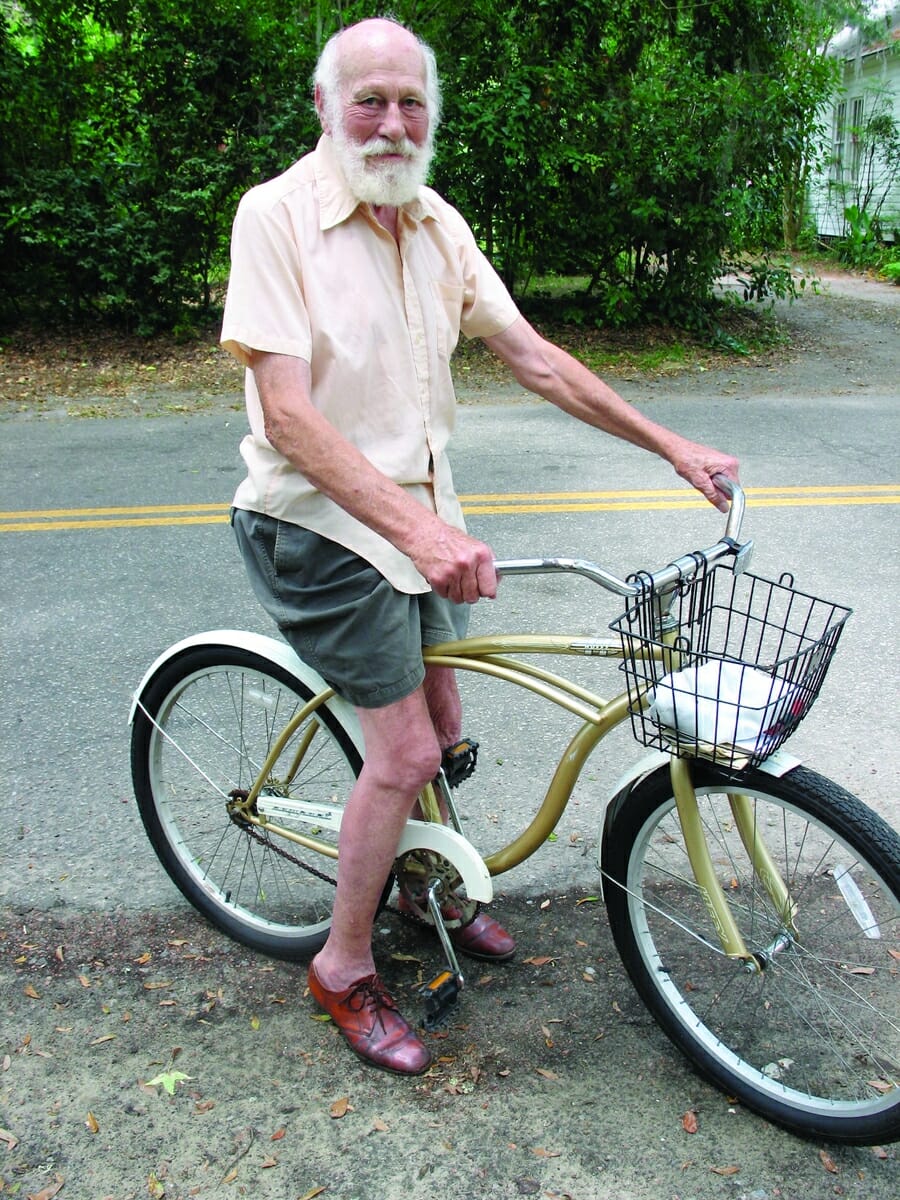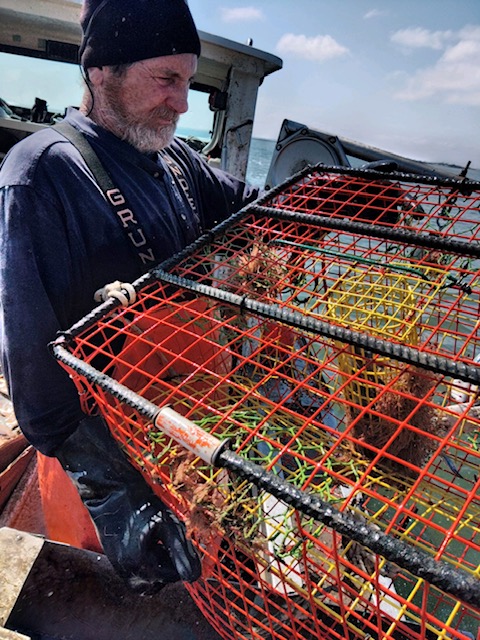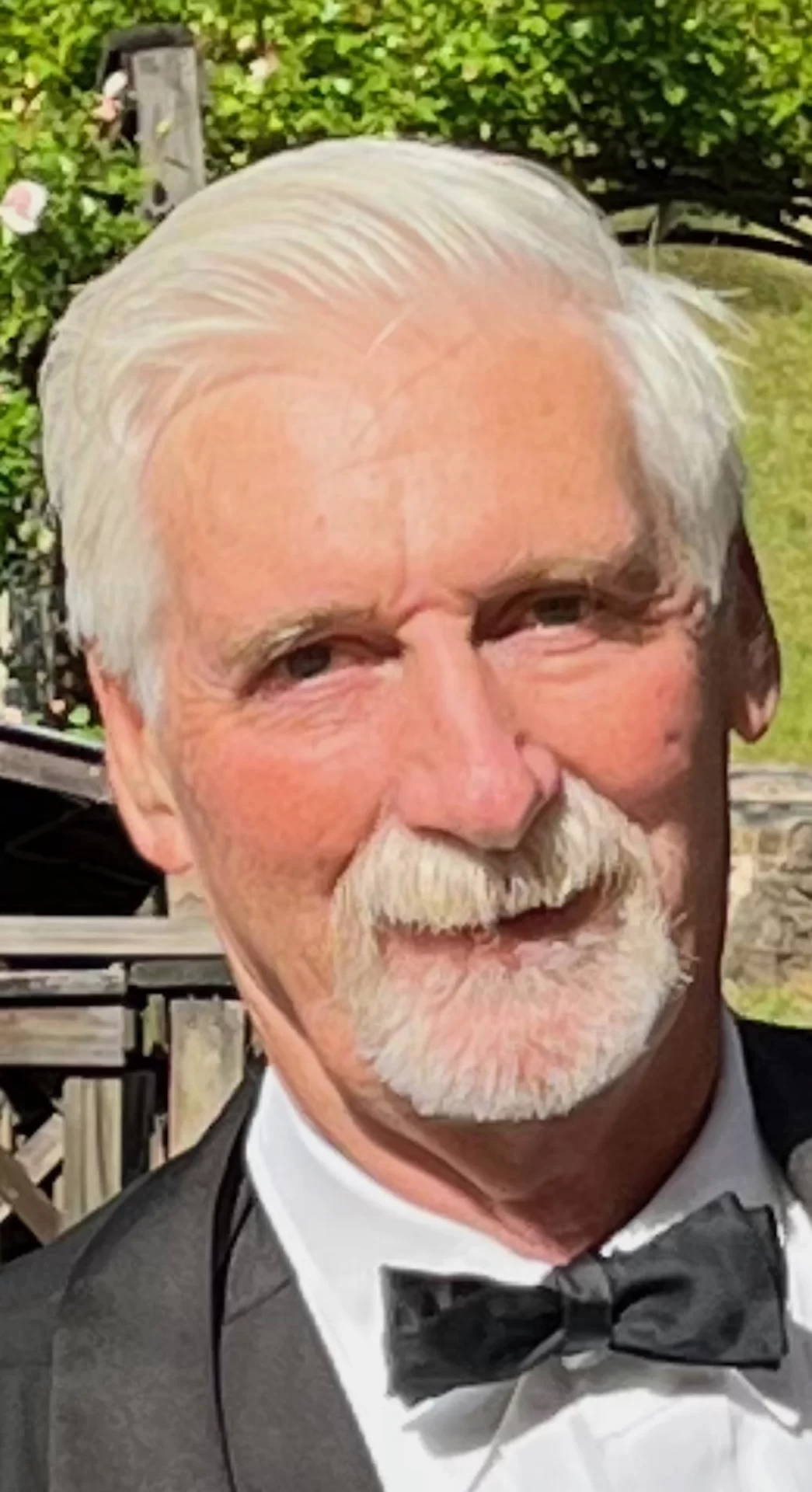By Bill Rauch
The opioid epidemic has come to Beaufort County.
While the 2017 final numbers are still preliminary, the Beaufort County Coroner’s Office says there were 22 opioid-related deaths in the county last year, nearly three times the eight homicides the Coroner’s Office has recorded preliminarily for 2017.
This is the first time Beaufort County opioid-related deaths have exceeded Beaufort County homicides. What’s worse is that the number of opioid-related deaths here nearly tripled last year from the eight that were recorded in 2016.
Moreover, the sheriff’s office says that since the sheriff ordered his deputies to be trained in the use of Narcan, the department is known to have saved three lives last year by administering the drug on site.
It is unknown how many more lives were saved from opioid overdoses at the emergency rooms in the county. Medical professionals say that number is increasing dramatically as well.
Previous to 2016 there were so few deaths attributable to opioid abuse that neither the Beaufort County Coroner’s Office nor the South Carolina Department of Environmental Control (DHEC) tracked them as a group.
Why is this epidemic suddenly upon us, and what can be done to prevent these tragedies?
Let’s start with the source of the drugs.
While doctors derive no financial benefit from prescribing narcotics (opioids), healthcare professionals say it is not uncommon for their own convenience and for the convenience of their patients for doctors to offer patients facing short-term pain medium-term pain relief medications.
Often — but not always — in Beaufort County these medium-term pain prescriptions are written in emergency rooms or in the offices of oral and orthopedic surgeons. An example would be a 30-day supply of Percocet after a tooth is pulled or a broken bone is set.
Standard stuff, right?
But patients react differently to pain and to pain medications, and sometimes most of these pills end up in family medicine cabinets where they can then be abused by children, children’s friends, spouses, cleaning ladies or anyone else who might happen to open the family medicine chest.
Opioid addiction, especially when its origins are with prescription medications, knows no racial, social or economic bounds.
Often it is in the family medicine cabinet, health professionals say, that the road to addiction begins — sometimes with as little as a week’s supply of a narcotic.
The end of the road can come quickly, especially for those who, once addicted, find a way to gain access to Fentanyl, a strong narcotic that is often used in a 72-hour patch for hospice patients, but which can by addicts be extracted from the patch and injected via a hypodermic needle.
About one in three of the lethal opioid overdoses the Beaufort County Coroner saw last year were the result of Fentanyl use, the coroner’s office said recently.
But what can be done?
Several things, experts say, especially in the area of prevention, and luckily a good start can be made when there’s willingness at the state and local levels.
South Carolina already has in place a Prescription Monitoring System that was designed to alert doctors to patients who are receiving narcotics from more than one prescriber.
Before prescribing a narcotic doctors are supposed to consult the system to check on what other narcotics that patient might be receiving from other sources. But, healthcare professionals say that system could easily be used also to track which doctors are prescribing what may be excessive doses of narcotics.
No one is doing that now.
In Northern Beaufort County, where most of the doctors are closely aligned with Beaufort Memorial Hospital, the hospital administrators could call these doctors in for close questioning about their narcotics-prescribing practices. The hospital also has access to local doctors’ electronic medical records that in theory contain the same information.
At the same time the South Carolina State Legislature could follow North Carolina’s lead and take a look at opening the door to doctors and pharmacies engaging together in the “staging” of prescriptions for narcotics.
In this protocol, a patient who is prescribed a 30-day supply of Percocet might, for example, be required to return to the pharmacy every three days for another 72 hours’ supply of the narcotic. This protocol, experts say, would cut down on the large caches of narcotics, paid for by health insurance but found to be unneeded by the patient, that sit waiting to be abused in family medicine cabinets.
Also, those familiar with hospital practices say, in the light of the current epidemic, emergency room practices need reexamination. There, it is said, some repeat patients seek to intimidate doctors into prescribing for them opioid-based medications like Percocet or OxyContin, both potentially highly addictive.
To prevent these unfortunate confrontations that sometimes lead to doctors writing prescriptions under duress. There is clearly need, for example, for Beaufort Memorial Hospital to work more closely with the city of Beaufort Police Department so that when after such a confrontation a prescription has been refused, a police officer is readily on hand to walk the unruly patient to their ride, and make sure they take it.
A report released by the White House last month put the annual costs of the opioid epidemic at the $500 billion-plus level. Considerations such as lost productivity, healthcare costs and costs to the judicial systems were taken into account for the study.
That nearly 64,000 American lives were lost in 2015 to opioid addiction-related causes was noted in the report, as was the impossibility of adequately placing a dollar value on those 64,000 individual tragedies.
The stakes are obviously very high here — and growing.
Driving the stakes higher still is that second chances are few because the road back from opioid addiction is famously treacherous, a fact of life that places still more burden upon the success of prevention efforts.
Bill Rauch was the mayor of Beaufort from 1999-2008. Email Bill at TheRauchReport@gmail.com.





